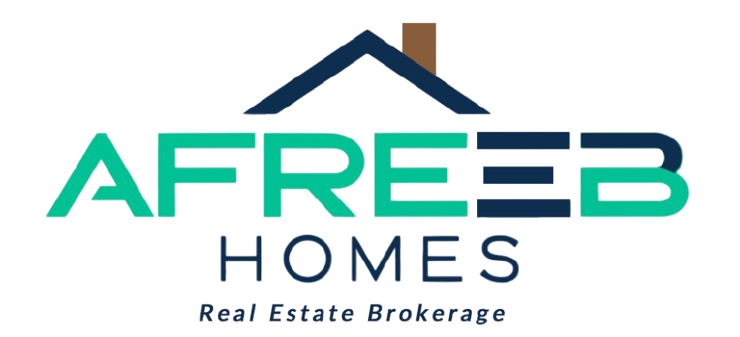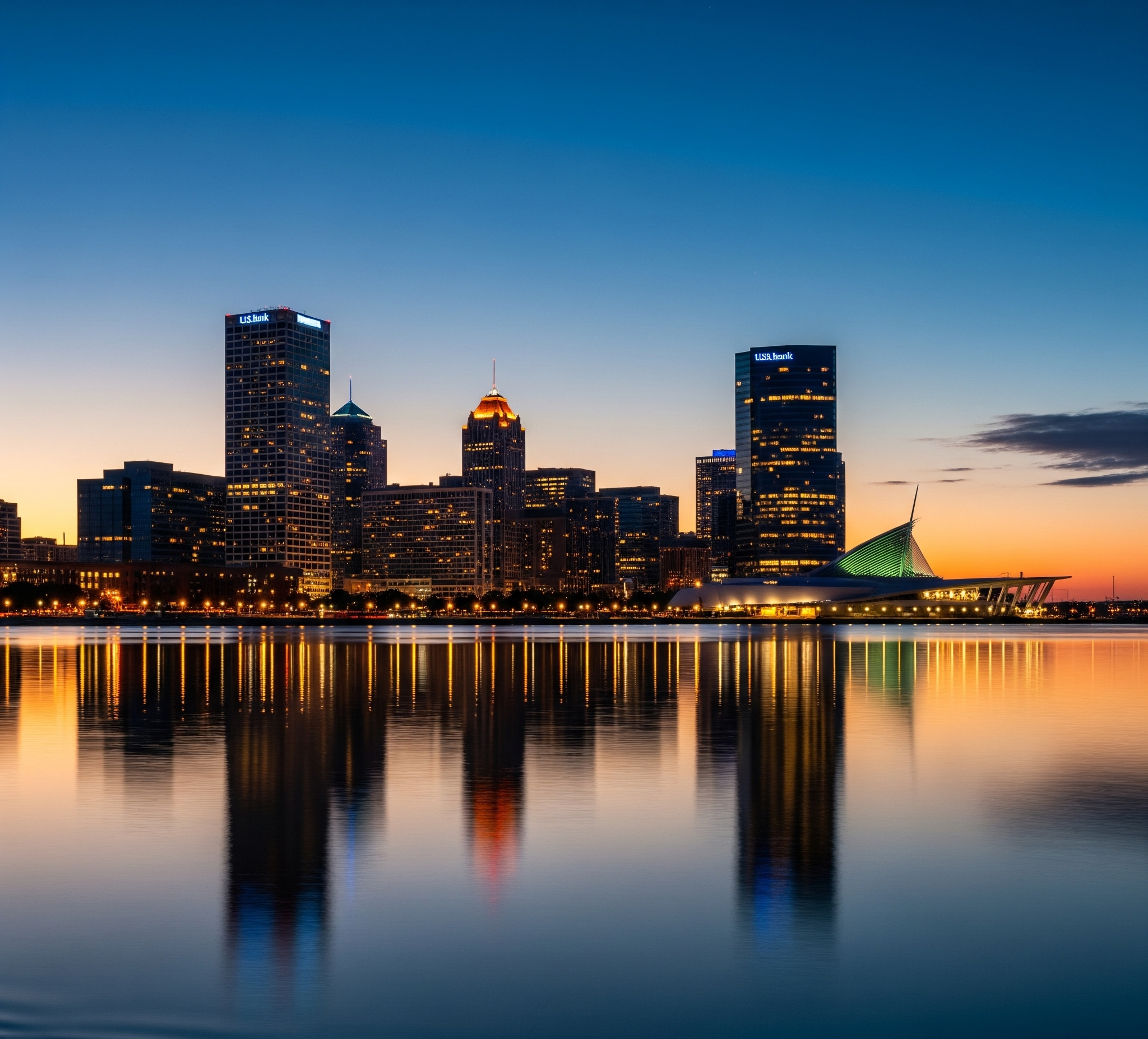
-
by Segun
- September 8, 2025
- Milwaukee Living, Home Ownership, Neighborhood Guides
- (0)
- 13 Mins
The Ultimate Insider’s Guide: Everything You Need to Know About Moving to Milwaukee
Table of Contents
Is a change of scenery on your mind? Are you looking for a city that combines big-city amenities with a small-town feel, all without the crushing cost of living? Then you’re probably already researching moving to Milwaukee.
Moving to Milwaukee is a great choice. With a cost of living that is 10% lower than the national average, a stable job market with a 4.1% unemployment rate, and a wide variety of distinct neighborhoods, Milwaukee offers a high quality of life.
The city is known for its vibrant culture, with a rich brewing heritage, a flourishing food scene, and a plethora of year-round festivals like Summerfest.
We get it. The “Cream City” is buzzing.
From its revitalized downtown and flourishing food scene to its beautiful lakefront and community-first spirit, Milwaukee is becoming a top destination for young professionals, families, and retirees alike. But before you pack your bags, you need an honest look at what life is really like here.
As a local brokerage, Afreebhomes is your trusted resource for anyone moving to Milwaukee. We don’t just sell homes; we help people find their place in the community. This isn’t just a generic article, it’s the ultimate insider’s guide, packed with hyper-local data and insights that only a local expert can provide.
Let’s dive in!
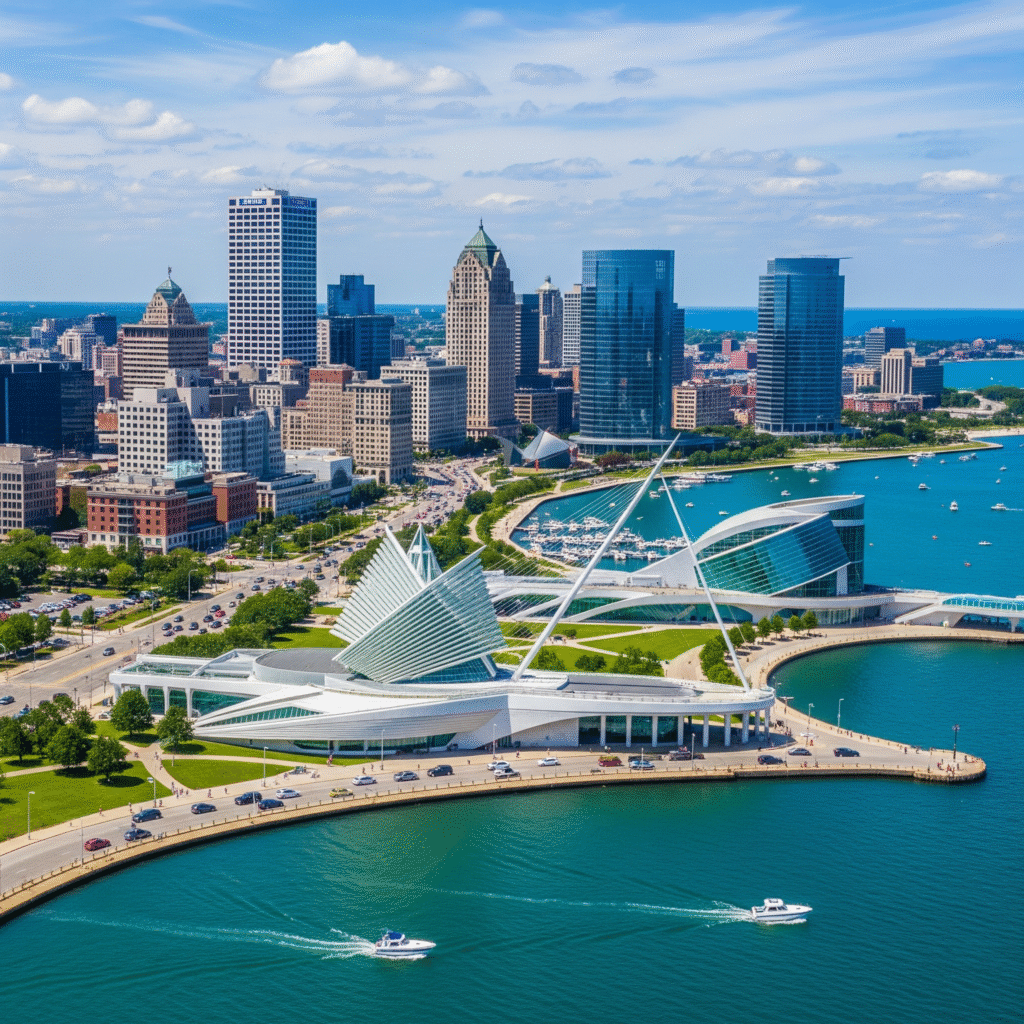
The Raw Numbers: The Cost of Living & Housing Market
The first question on everyone’s mind is often, “How much does it cost to live here?” The good news is, Milwaukee is known for its affordability. According to recent data, the overall cost of living in Milwaukee is significantly lower than the national average and in other major Midwestern cities. This is one of the city’s biggest draws, making a high quality of life attainable without the hefty price tag.
A Quick Comparison:
Compared to Chicago: The cost of living in Milwaukee is over 14% lower than in Chicago. This is largely driven by a massive difference in housing costs. As of 2025, the average rent in Chicago is a staggering 65% higher than in Milwaukee, and home prices, while increasing in Milwaukee, are still far more affordable.
Compared to Madison: Milwaukee is also more affordable than its state capital counterpart. The cost of living is over 4% lower in Milwaukee, with a notable difference in housing. The average home listing price in Madison is 14% higher than in Milwaukee, and rent is nearly 24% higher.
The Milwaukee Housing Market:
The housing market in Milwaukee has earned a reputation as one of the most stable in the U.S. for a large metro area. The median home price sits around $200,700, which is considerably lower than the U.S. national average.
This affordability makes Milwaukee an ideal place for first-time homebuyers to enter the market and build equity. The city’s low unemployment rate and growing job market also provide a stable foundation for the real estate market.
Whether you’re looking for a historic bungalow, a downtown condo, or a single-family home in a quiet, tree-lined neighborhood, Milwaukee offers a wide variety of options that fit a range of budgets.
To get a more detailed look at the local real estate scene, check out our insights on the Milwaukee Homes for Sale: Complete Market Guide. If you’re considering renting, our Apartments in Milwaukee Rental Guide can help you get started.
Choosing Your Vibe: A Neighborhood-by-Neighborhood Guide
Milwaukee is a city of distinct neighborhoods, each with its own unique character, vibe, and community. Finding the right fit for your lifestyle, career stage, and family situation is key to loving your new home. While we’ve highlighted a few favorites, here’s a more in-depth look at some of the most sought-after neighborhoods.
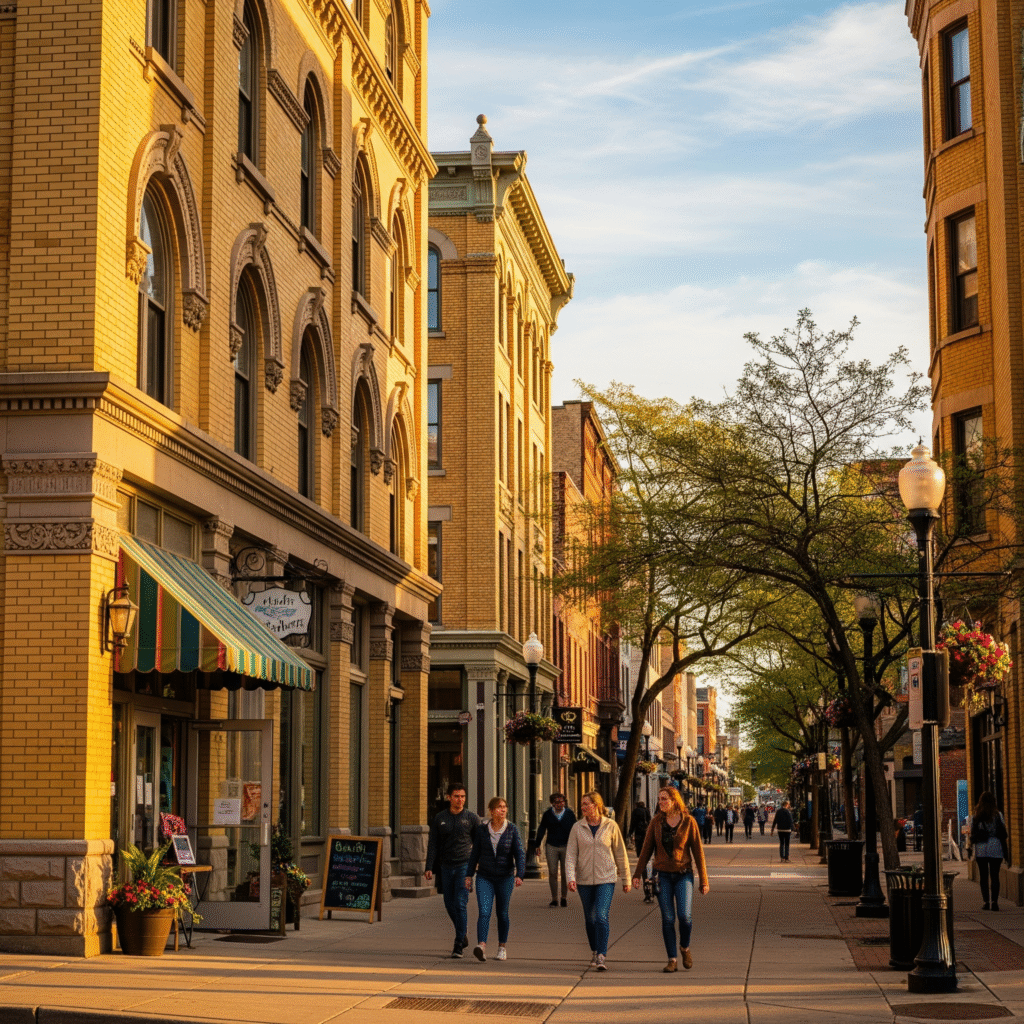
Historic Third Ward: A perfect fit for young professionals, couples, and empty-nesters who love urban living. Once a warehouse district, this area is now Milwaukee’s cultural hub, with art galleries, high-end boutiques, and the iconic Milwaukee Public Market. The vibe is sophisticated and walkable, with beautiful Cream City brick buildings and a lively arts scene. It’s a neighborhood where creativity and community flourish.
Bay View: Known for its tight-knit, welcoming atmosphere and strong sense of community, Bay View is a great choice for families and those seeking a trendy, yet relaxed, community. It boasts a strong arts scene, unique local shops, and a fantastic food and bar scene. With its proximity to Lake Michigan and South Shore Park, it’s a neighborhood where neighbors know each other and community events are a regular occurrence.
Riverwest: An eclectic, artistic hub with a reputation for being quirky and independent, Riverwest is popular with artists and students. It offers a mix of historic homes and a strong sense of community. The neighborhood is very bikeable and walkable, and you’ll find a variety of local cafes, music venues, and art spaces that reflect its unique, inclusive vibe. It’s a great place for those who want to be part of a genuine, grassroots community.
Walker’s Point: This diverse, up-and-coming neighborhood has become a hotspot for foodies and creatives. Just southwest of downtown, Walker’s Point blends its industrial roots with a modern edge. It’s home to a growing number of local breweries, farm-to-table restaurants, and trendy apartments. With its mix of cultures and backgrounds, Walker’s Point is the ideal spot for those who want something a little different and love to explore new cuisines and experiences.
Wauwatosa (“Tosa”) & Shorewood: If you’re looking for a quieter, more traditional suburban feel with top-rated schools, these two suburbs are perennial favorites. Often considered a part of the greater Milwaukee area, they offer beautiful tree-lined streets, walkable downtown areas, and a family-friendly atmosphere, all while maintaining a quick commute to the city. Wauwatosa, in particular, has a charming village-style downtown with unique shops and restaurants, while Shorewood offers easy access to the lakefront.
Juneau Town: As one of the best neighborhoods for downtown living, Juneau Town is perfect for young professionals and retirees who want to be close to the action. It provides easy access to shops, restaurants, and plenty of green spaces to explore, all within a safe, walkable downtown area.
This is just a small peek of the city’s rich tapestry of communities. To learn more about how we can assist you, read our guide on Choosing the Best Realtors in Milwaukee.
The Job Market & Economy: Key Industries and Major Employers
The jobs in Milwaukee market are robust and surprisingly diverse. While the city has deep roots in manufacturing, the economy has evolved into a thriving hub for several key industries. The unemployment rate is consistently lower than the national average, making it a stable place to find work.
Key Industries:
Advanced Manufacturing: As a national leader in the production of machinery, electronics, and industrial controls, manufacturing remains a vital part of the local economy. Companies like Harley-Davidson, Rockwell Automation, and Johnson Controls continue to drive innovation in this sector.
Water Technology: Milwaukee is a global center for water research and technology, home to the Water Council and numerous companies dedicated to water innovation. The University of Wisconsin-Milwaukee’s School of Freshwater Sciences is the only graduate school in the nation solely dedicated to the study of freshwater, making this a truly unique and growing industry.
Healthcare: Major healthcare systems like Advocate Aurora Health Care, Froedtert Health, and Ascension Wisconsin are among the area’s largest employers, offering a wide range of jobs in a stable and growing sector.
Financial Services: Companies like Northwestern Mutual and Baird are major players in the financial sector, providing a strong base for white-collar jobs.
Food & Beverage: The city’s famous “Brew City” moniker extends beyond beer. It’s home to a massive food and beverage sector with major companies like Molson Coors and Kikkoman Foods, as well as local dairy giants like Sargento and Saputo.
The city’s focus on innovation has also earned it a spot on Forbes’ list of “up-and-coming” tech cities, making it an attractive place for entrepreneurs and tech professionals.
The Milwaukee Lifestyle: Culture, Community, and Seasons
Beyond the numbers, life in Milwaukee is defined by its vibrant culture, resilient community, and an appreciation for its rich history.
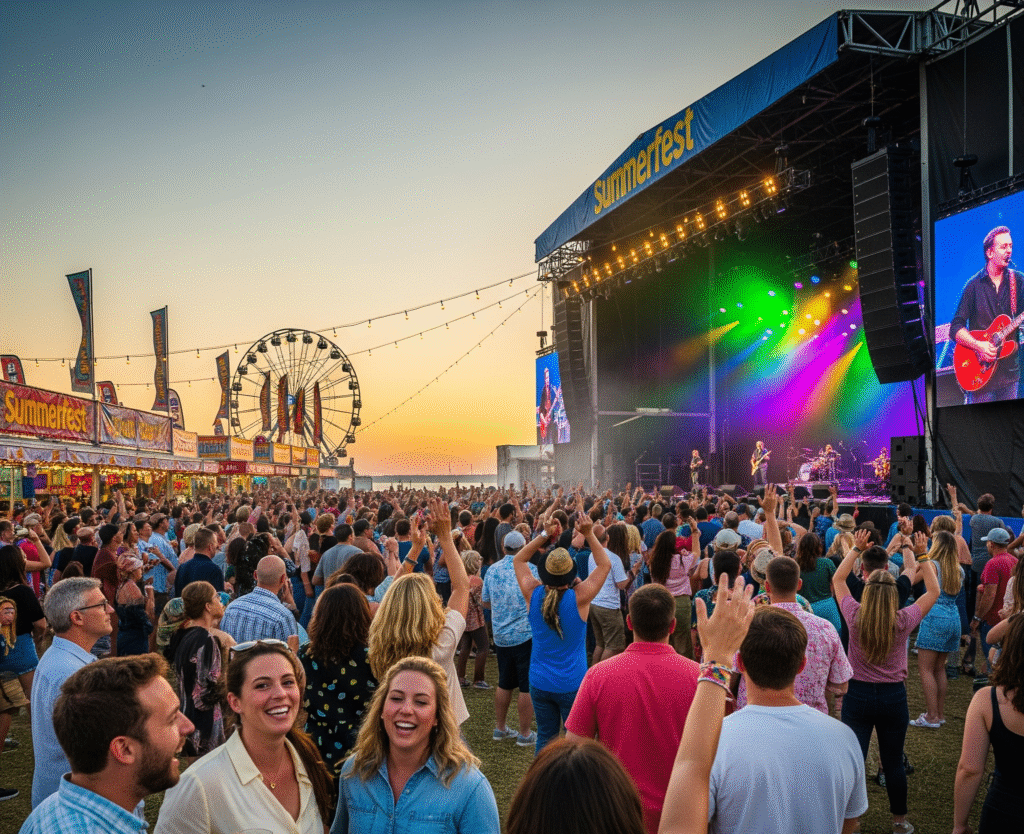
Festivals & Events: Milwaukee is known as the “City of Festivals,” and for good reason. From Summerfest, the world’s largest music festival, to ethnic festivals that celebrate the city’s diverse heritage, there’s always something to do.
The city also hosts a thriving food festival scene, celebrating everything from local cheese to global cuisine.
Brew City Heritage: The brewing tradition is a core part of the city’s identity. From major breweries like Miller to a flourishing craft beer scene with breweries like Third Space Brewing, Dead Bird Brewing Co., and Indeed Brewing Company, Milwaukee is a beer lover’s paradise. Many breweries have taprooms that offer a cozy, community atmosphere.
The Four Seasons: The city truly comes alive in the summer. Lake Michigan becomes the ultimate playground for boating, kayaking, and relaxing on the beach. While the Milwaukee pros and cons list often includes harsh winters, locals embrace them with activities like ice skating at Red Arrow Park and winter sports.
The beauty of fall and the renewal of spring make the four-season climate a major selling point for those who love variety.
Thinking about buying a new home in Milwaukee? Read about 7 Incredible Dream Homes for Sale in Milwaukee.
Getting Around Milwaukee: A Transportation Guide
While many residents rely on cars, Milwaukee offers a variety of transportation options for navigating the city and the surrounding areas. Understanding these options is crucial for a seamless transition.
The Hop Streetcar: The Hop is Milwaukee’s free streetcar, connecting major downtown attractions and neighborhoods like the Historic Third Ward, East Town, and Westown. It’s a convenient and easy way to get around the city center.
Milwaukee County Transit System (MCTS): The MCTS bus system offers an extensive network of routes throughout Milwaukee County. It’s a reliable and affordable option for daily commutes, with many routes intersecting downtown. The new CONNECT 1 Bus Rapid Transit (BRT) line offers high-frequency service on a dedicated route, making it even faster to get around.
Bike-Sharing and Scooters: For shorter trips, Milwaukee has a public bike-sharing system, Bublr Bikes, with stations located throughout downtown and neighboring suburbs like Wauwatosa. Electric scooters from companies like Lime and Spin are also widely available, providing a fun and quick way to explore.
Walkability: Many of Milwaukee’s neighborhoods, such as the Third Ward, Bay View, and Riverwest, are highly walkable, with shops, restaurants, and parks within easy reach. This allows you to truly immerse yourself in the local community.
The Local Flavor: A Foodie’s Guide to Milwaukee
Milwaukee’s culinary scene is a delicious blend of its German and Polish heritage, a booming farm-to-table movement, and unique local traditions. Eating your way through the city is a must.
Frozen Custard: Forget ice cream. Milwaukee is the “Frozen Custard Capital of the World.” This rich, dense, and creamy dessert is a local obsession. You’ll find iconic spots like Kopp’s Custard and Gilles Frozen Custard, each with their own dedicated fan base and secret recipes.
Friday Fish Fry: A Wisconsin tradition, the Friday Fish Fry is a weekly ritual in Milwaukee. Most restaurants and taverns offer a special menu on Fridays, featuring beer-battered or breaded fried cod, served with coleslaw, rye bread, and potato pancakes or French fries. It’s a quintessential Milwaukee experience.
Cheese Curds: You can’t talk about Wisconsin food without mentioning cheese. Cheese curds are the freshest form of cheese, eaten before they are pressed into blocks. They have a mild flavor and a unique “squeak” when you bite into them. You can find them fresh or, more commonly, deep-fried.
The Bloody Mary: While the Bloody Mary wasn’t invented in Milwaukee, the city has unquestionably put its unique spin on it. Milwaukee’s Bloody Marys are legendary for their extravagant garnishes, which can include everything from pickles and cheese cubes to bacon strips, mini cheeseburgers, and even whole fried chickens!
Education and Family Life
For those moving with families, the quality of schools and family-friendly amenities is a top priority. Milwaukee has a number of highly-rated school districts in the surrounding suburbs that are known for their academic excellence.
Top School Districts: According to Niche, the best school districts in the Milwaukee area include Elmbrook, Muskego-Norway, and Whitefish Bay. These districts boast high proficiency rates in math and reading, as well as excellent student-teacher ratios.
Family-Friendly Activities: The city offers a wealth of activities for families. The Milwaukee Public Museum is a must-see, with its extensive exhibits on natural history and a stunning butterfly garden. The Betty Brinn Children’s Museum offers interactive learning experiences for kids, while the Milwaukee Art Museum is a landmark for art lovers.
Additionally, Milwaukee’s 15,000 acres of parks provide endless opportunities for outdoor recreation, from hiking and biking to picnicking and playing.
Beyond the Guide: How Our Local Expertise Helps You
We understand that a blog post can only take you so far. That’s why our brokerage, Afreebhomes, is committed to providing a truly personalized experience.
We don’t just want to help you find a house; we want to help you find a home.
Milwaukee is more than just a place to live, it’s a place to thrive. With a cost of living that makes homeownership a reality, a diverse job market, and a vibrant culture, the city offers an exceptional quality of life.
The Midwest hospitality is real, and you’ll find a community that is welcoming and friendly. Whether you are a young professional, a growing family, or looking for a change of pace, Milwaukee is a hidden gem that is waiting to be discovered!
For more insider professional insights and to connect with our community, follow us on LinkedIn
Frequently Asked Questions (FAQs)
Is Milwaukee a good place to buy a house?
Yes, Milwaukee is an excellent place to buy a house. The city offers a significantly lower cost of living compared to other major Midwestern cities like Chicago and Madison, making homeownership more accessible. The local real estate market is robust, with a wide variety of housing options from historic homes to new developments.
How much does a house cost in Milwaukee?
As of 2024/2025, the average home value in Milwaukee is around $200,700, which is considerably lower than the U.S. national average. This affordability, combined with a strong local economy, makes it an attractive market for buyers.
What is the job market like in Milwaukee?
The Milwaukee job market is stable and diverse, with a lower unemployment rate than the national average. Key industries include advanced manufacturing, water technology, healthcare, and financial services. The city is also emerging as a tech hub, attracting entrepreneurs and tech professionals.
What are the best neighborhoods for families?
Neighborhoods like Bay View and Wauwatosa are popular with families due to their tight-knit communities, good schools, and family-friendly amenities. These areas offer a mix of urban and suburban living with easy access to parks and community events.
What is the best time of year to move to Milwaukee?
While moving during any season is possible, many people prefer to move in the late spring or summer to avoid the cold, snowy winter months. This also allows you to enjoy the city’s many outdoor festivals and lakefront activities immediately after your move.
